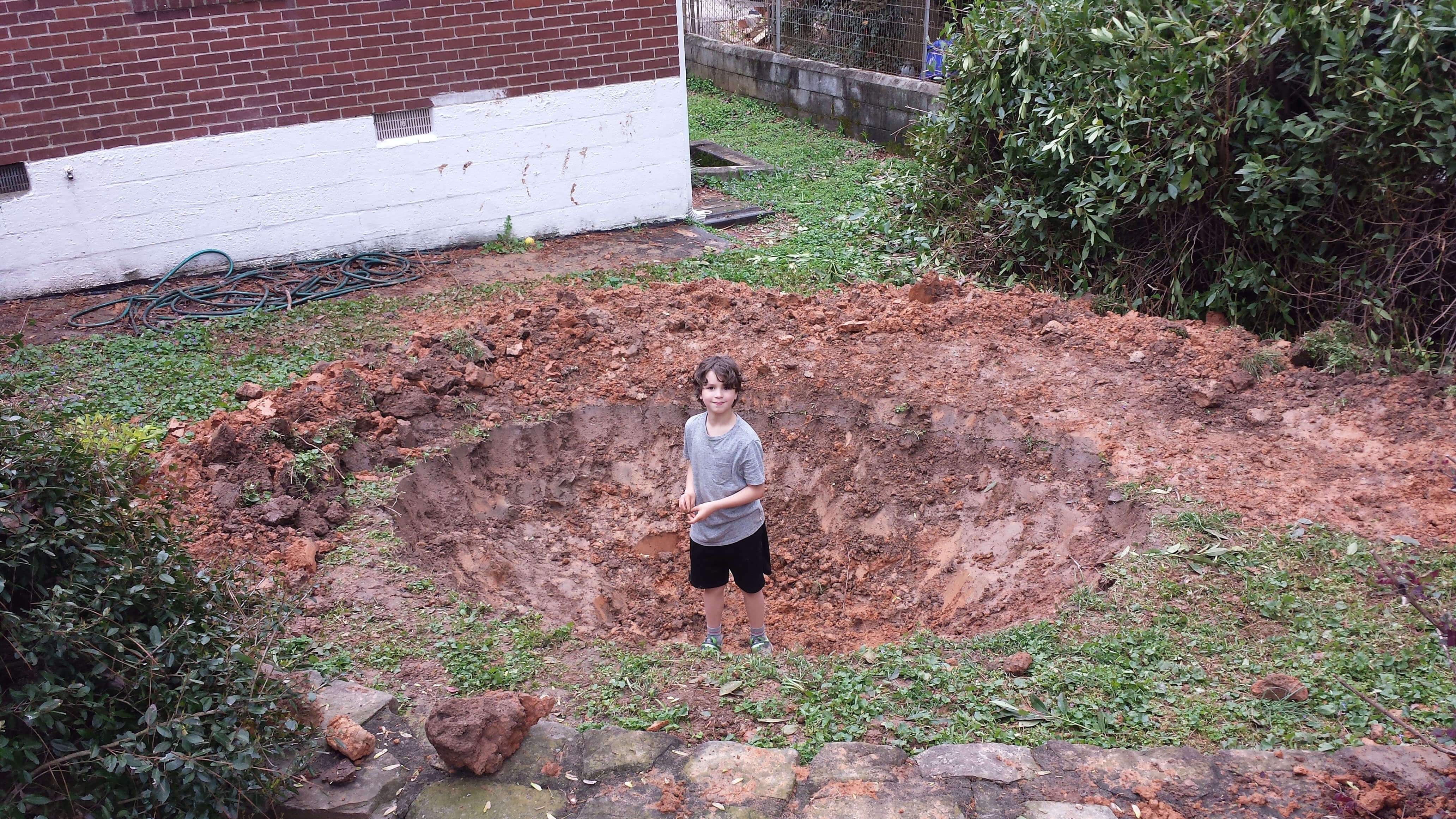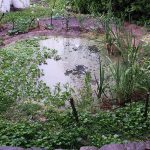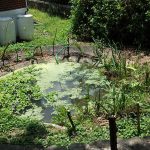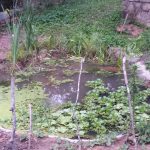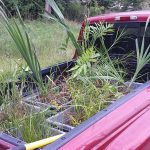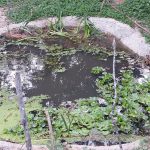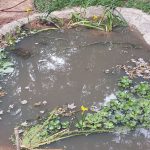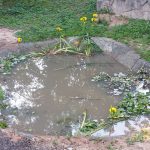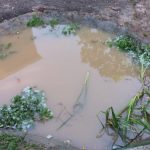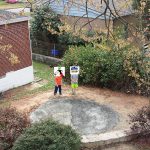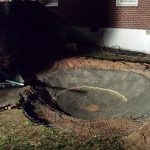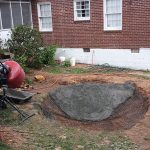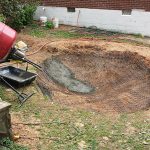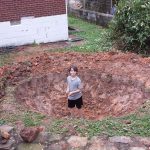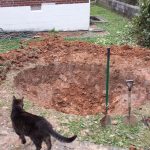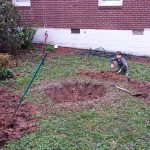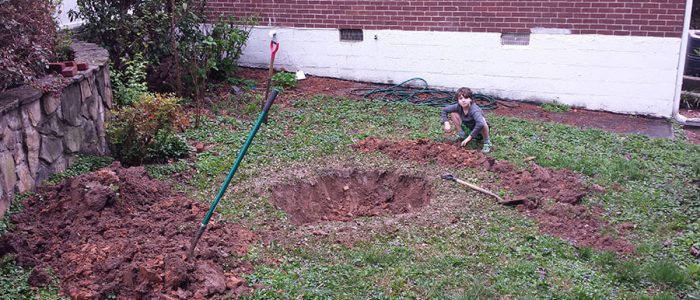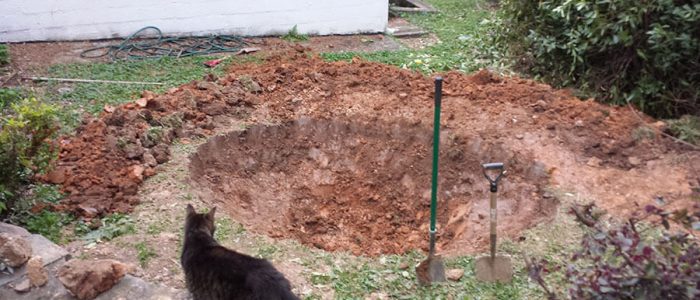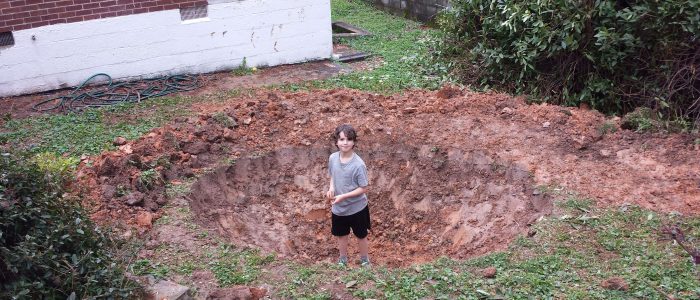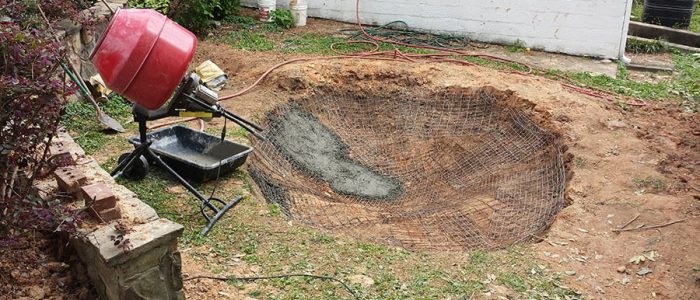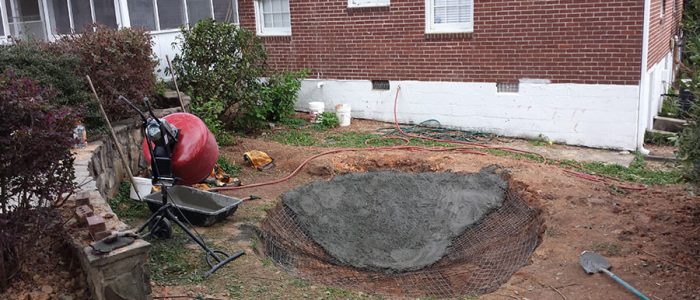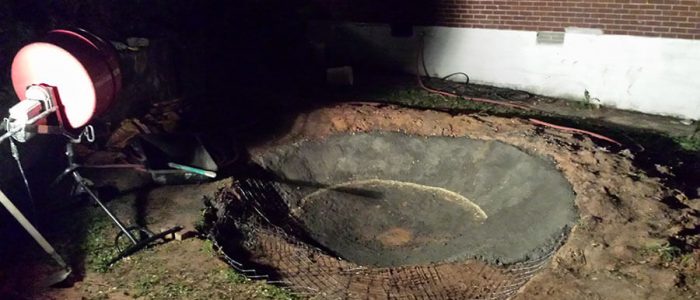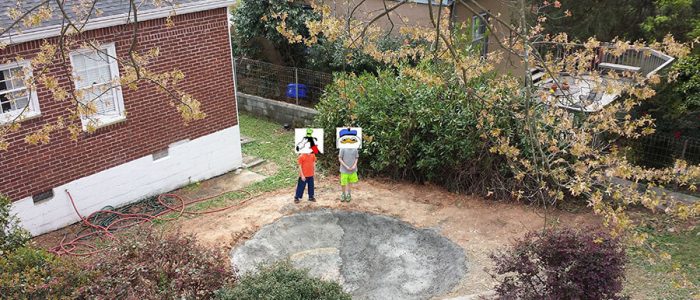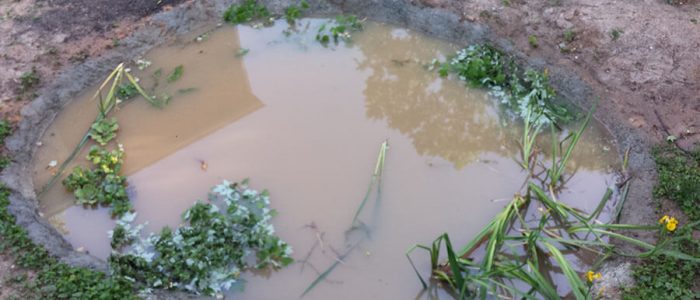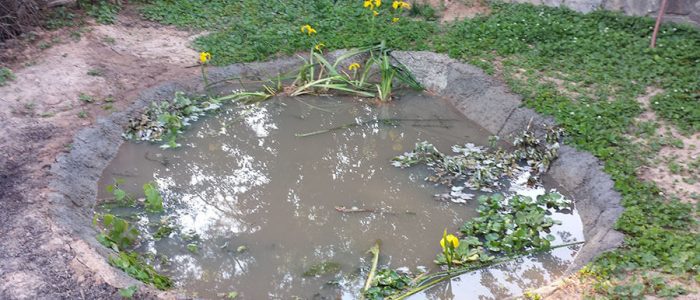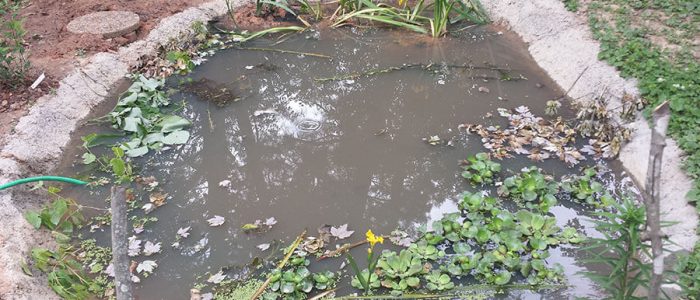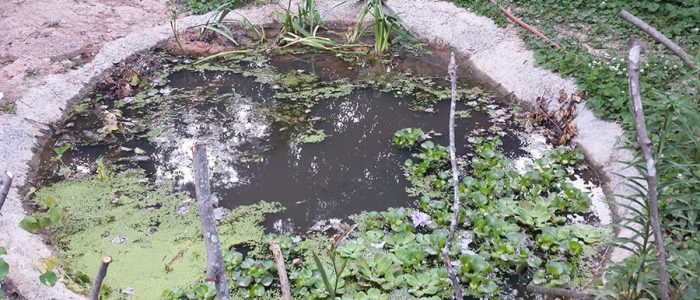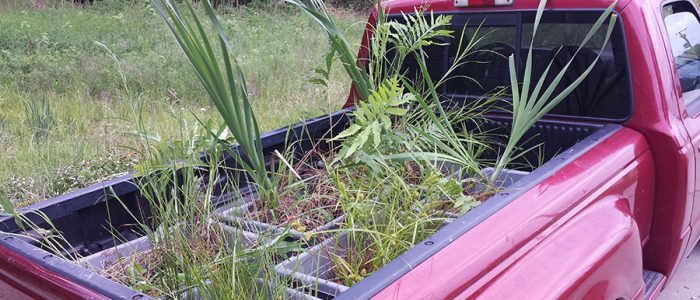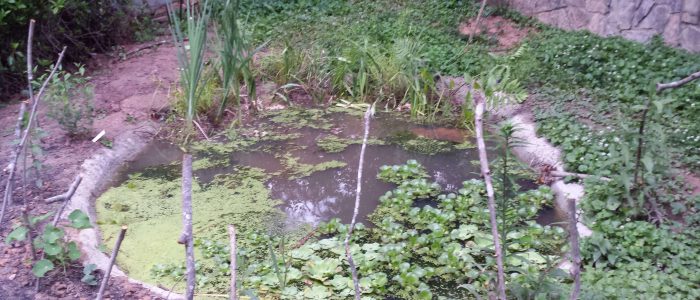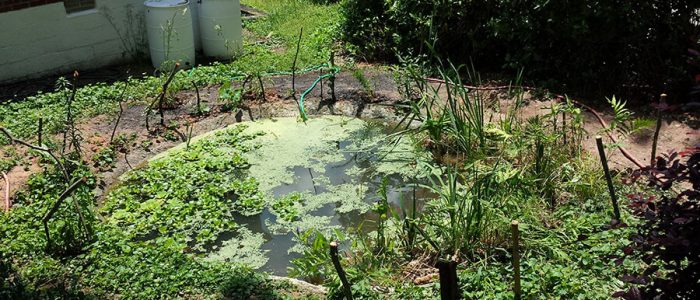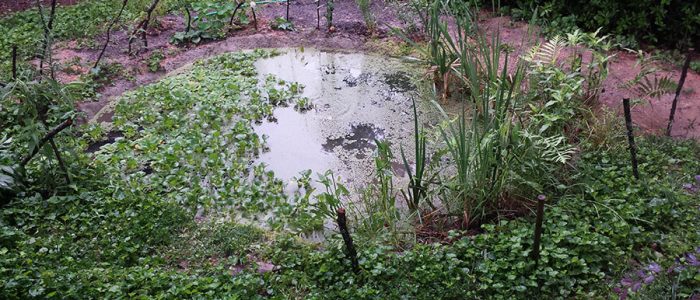The Yalobusha
In the backyard, we dug a Yalobusha, a tadpole place. We dug it after school together between dirt-clod throwing contests.
I took the concrete mixer home from work and installed a 4-inch reinforced concrete liner at night. I used old wire fencing that the neighbor across the street had replaced and left conveniently rolled up on the curb, and that kept something useful out of the land fill. It also made the concrete shell of the pond something of a brick sh@thouse.
I wanted the shell to be tough and not cracked by the first tree root that grew near it. If frogs and salamanders became dependent on the pond because other wet places continue to disappear, the pond needed to last.
The shell contains 3000 pounds of concrete, which I hauled in by wheelbarrow, 2 of the 60-pound bags at a time. Mixing concrete is hard dirty work. Just to pour a bag into the mixer without getting covered in dust requires skill and strength.
I didn’t go into work for several weeks. I did over 10 or 12 hours of hard physical work per day, and kept up with the warehouse via email. Spring had come early this year, and I was racing to have the pond dug and established with plants and microflora by the time frog spawning was done for the summer.
The goal was ambitious, but the pond produced a large number of tiny baby tree frogs in its first 90 days, having barely been established in time to attract wild frogs and accommodate the egg laying.
That required getting samples of water, plants, and micro flora from several ponds as soon as the pond was filled and the clay had settled somewhat out of the water. I bought elodea, duckweed, water hyacinth, and water cabbage from pond supply houses because I was worried I couldn’t find these aquatic plants quickly enough in local ponds, and I wanted to jump start the pond before free algae and mosquito larvae could become established.
I did take samples of elodea, arrowhead leaf, cattail, iris, fern, sedge, cuckle, and other swamp plants from different local ponds, ditches, and right of ways.
Around the pond, I planted pink milkweed, eastern star, nasturtium, heirloom, sweet potatoes, queen anne’s lace, ferns, and other plants, and I let the wild violets come back in strength. These plants provide cover for tiny frogs emerging from the pond. They are also either edible or important for pollinators or both.
I added clay back into the pond when I initially filled it. I trudged around in the wet clay as the water was added. I made the water red and saturated with minerals that remained in suspension even after the water had settled for days.
Then I added samples of pond water, and within a week, the red water turned dark umber from all the green chlorophyll of the algae and bacteria that had blossomed in the mineral-saturated water.
Then the weather warmed, and the floating plants grew explosively and sucked all available nutrients out of the water. They all grew like crazy, the water hyacinth and the elodea and the duckweed and the water cabbage, and the water suddenly went clear like water in a mountain stream almost.
The roots of the floating plants were like molecular vacuum cleaners and sucked up all available nutrients and starved the algae out. That meant there would be no algae for mosquito larvae to eat, and I haven’t seen any larvae since the water went clear.
All of that happened in a matter of weeks.
Here is the timeline of getting the pond dug, lined, and established:
| date | day | milestones |
|---|---|---|
| 03/10/18 | 0 | Started digging. |
| 03/27/18 | 17 | Completed concrete work. |
| 04/02/18 | 23 | Added water and clay. |
| 04/09/18 | 30 | Added 4 water hyacinth and 2 water cabbage. |
| 04/12/18 | 33 | Added pond water sample with snails, detritus, elodea water weed, irises from elementary school pond. |
| 04/12/18 | 33 | Added puddle water sample from Medlock Park where I had noticed daphne and algea. |
| 04/21/18 | 42 | Added duckweed. |
| 04/25/18 | 46 | Added pond water sample, tadpoles (2 bull, 3 leopard) , mosquito fish, hair algae, snails from Orphan Farm Pond |
| 05/02/18 | 53 | Witnessed tree frogs singing to find each other, then laying eggs together. |
| 05/03/18 | 54 | Saw several clusters of tree frog eggs in roots of water hyacinth. |
| 05/06/18 | 57 | Eggs hatched within 2 or 3 days. |
| 05/09/18 | 60 | Many tadpoles growing fast. |
| 05/13/18 | 64 | Added arrowhead and pennywort home collected from Eulonia ditch on way back from Sapelo Island. |
| 05/14/18 | 65 | Noted how quickly duckweed, elodia, water hyacinth, and water cabbage are getting thick. |
| 05/15/18 | 66 | Dug cattails, ferns, stickyburr, sedges, and other swamp plants from marshy right of way. |
| 05/16/18 | 67 | Added pond water sample, tadpoles (2 leopard?), one small unintended crawfish from Shepherd Nature Center Pond |
| 05/17/18 | 68 | Added more mosquito fish and arrowhead plant from Orphanage Farm Pond. |
| 05/24/18 | 75 | Female bullfrog arrived during rainy night. Singing. |
| 06/04/18 | 86 | Noticing fewer and fewer tadpoles. Eaten by bullfrog? |
| 06/07/18 | 89 | Noticed tiny baby tree frogs all over the plants around the pond. |
